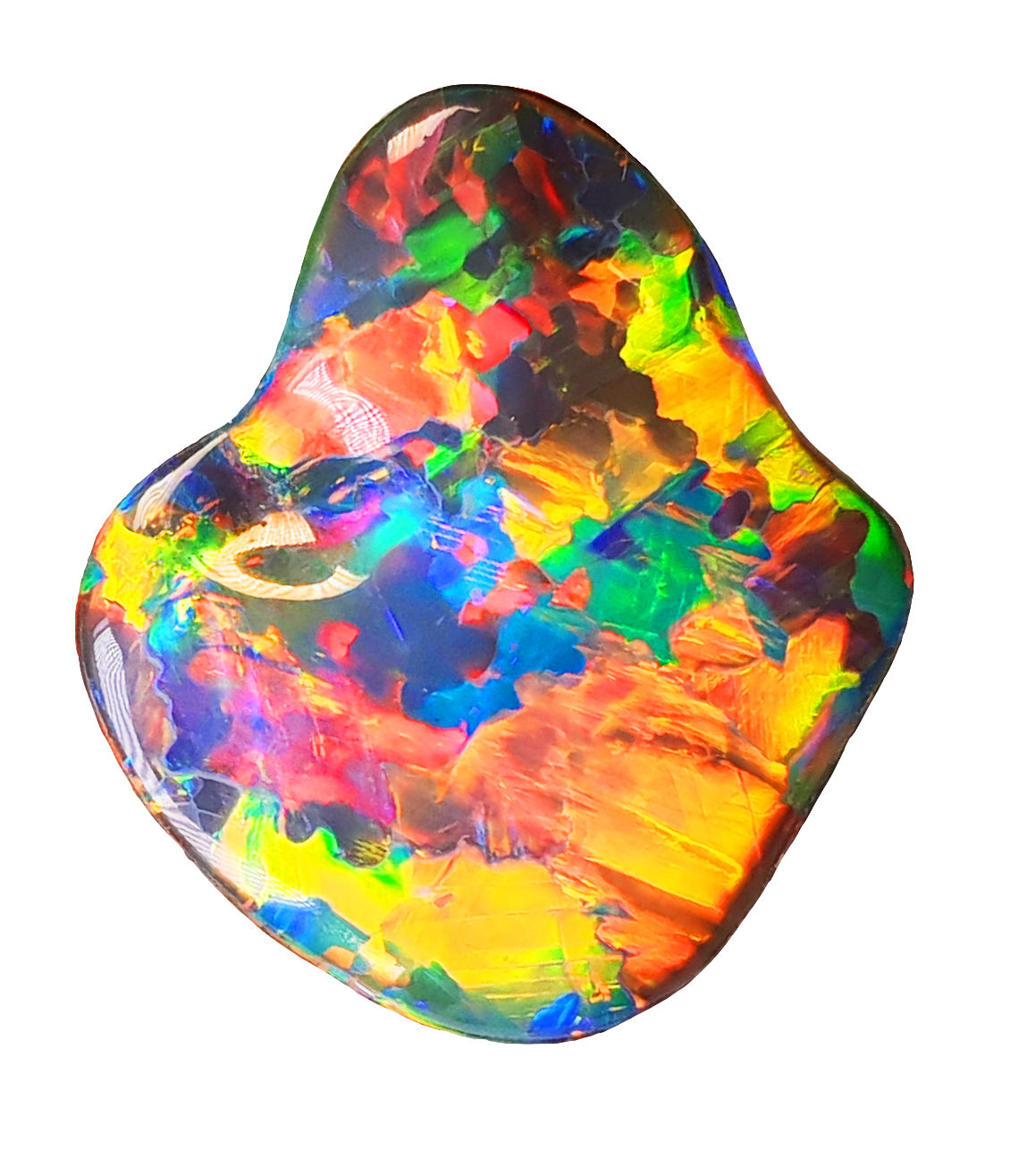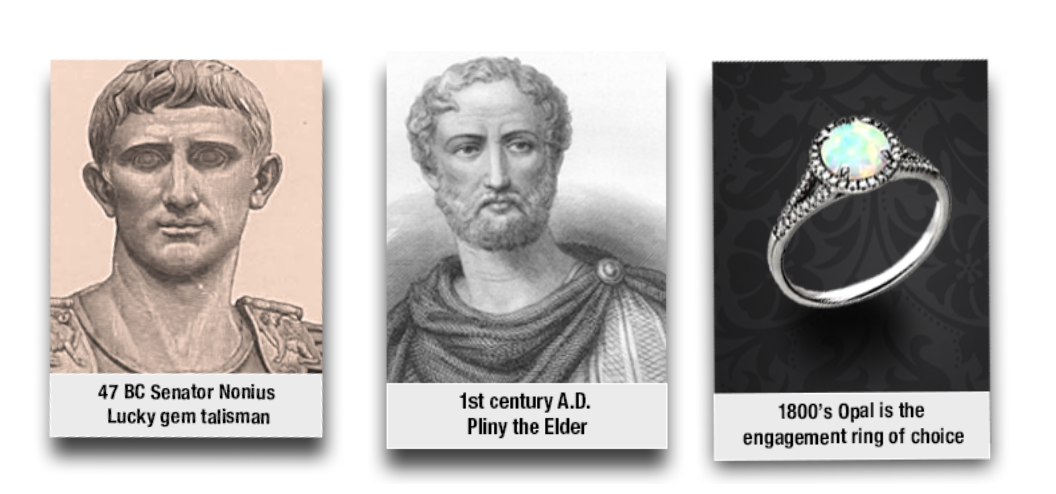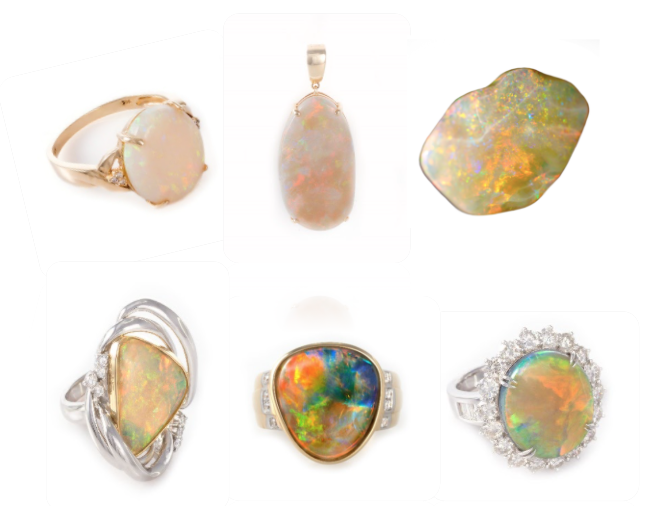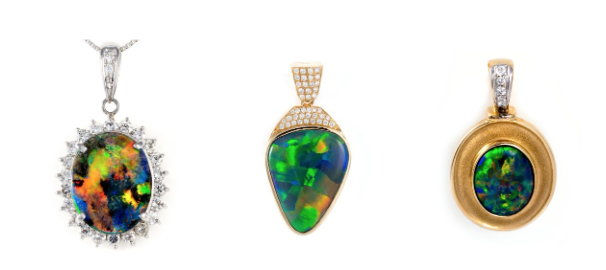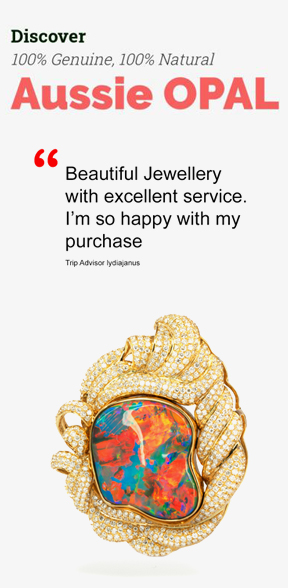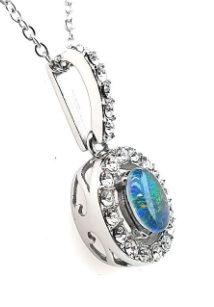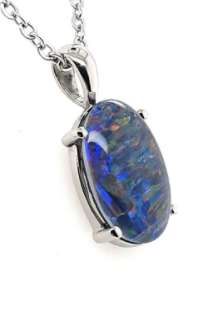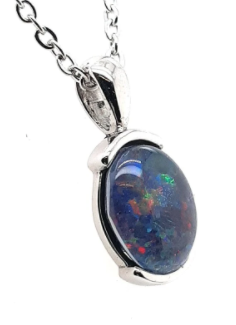Part-1 History Of Opals
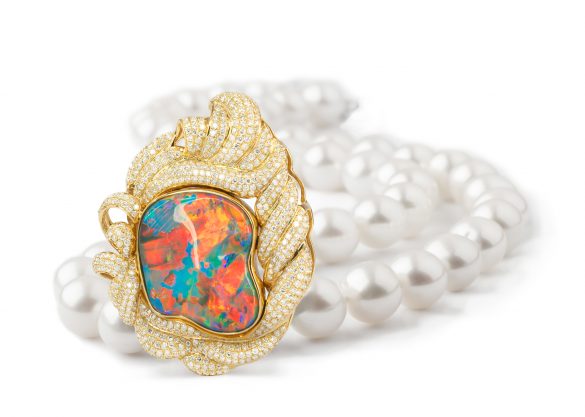
OPAL HISTORY
THE EARLIEST KNOWN OPAL artifacts were uncovered by famous anthropologist by the name of Louis Leaky in a cave in Kenya dating back to around 4000BC. From then on opal discoveries progressed similarly to the ways that diamond, emerald, ruby and sapphire were produced. As early humans found opals and communities developed, gems became symbols of wealth.
Opals of differing qualities occur in more than twenty other countries around the world but are not quite the quality of the Australian sedimentary opal. Since the late 1800’s, Australia has dominated opal production with 97% of the global output.
The name opal derived from ancient sources: the Latin “opalus” and the Greek “opallios” which both mean ‘to see a colour change’. The opal has meant many things in ancient history. The early Greeks believed the opal had powers of foresight and prophecy upon its owner, Arabian folklore said that the stone fell from heaven in flashes of lightning and the Romans considered opal to be a token of hope and purity.
DREAMTIME LEGENDS
1ST CENTURY A.D.
PLINY THE ELDER.
Ancient Romans provided the first real market for opal. Wealthy citizens who were passionate about gems saw opal as a gem of myths and dreams whose colour changed with every shift of light and was rarer than diamond and pearls. One legend even states that one roman emperor offered to trade 1/3 of his kingdom for a single opal!
Historically the Opal has been the engagement ring gemstone of choice, due to its exceptional rarity and stunning beauty. It was thought to protect a soldier in battle making them invisible to their enemies, curing illnesses with the shifting colours and has even been recorded in the Bible as the gemstone from which God’s very throne has been made! For centuries Opals have been mined in Europe.
The Hungarian miners from the Carpathian Mountains were very careful to hide their Opal mines from the Romans and took a long, detoured route through the silk road before presenting their Opals to the Romans. There was a genuine fear that if the Romans discovered that their Opal mines were “local” they would have most certainly invaded them to plunder their treasures.
An important early description of opal is that of Caius Plinius Secundus the world’s first historian, better known as Pliny the Elder, who lived in the first century A.D. Pliny wrote an extensive treatise entitled, “Natural History”.
He describes opal as being inexpressibly beautiful: “Made up of the glories of the most precious gems, to describe them is a matter of inexpressible difficulty. For there is amongst them the gentler fire of the ruby, there is the rich purple of the amethyst, there is the sea-green of the emerald, and all shining together in an indescribable union. Others, by an excessive heightening of their hues equal all the colours of the painter, others the flame of burning brimstone, or of a fire quickened by oil.”
47 BC
“LUCKY GEM” TALISMAN SENATOR NONIUS
This historical value is reflected in the story of the Roman senator Marcus Nonius Macrinus, (the senator who inspired the “Gladiator” film with Russel Crowe). He is said to have possessed a very fine opal (‘the size of a hazelnut’), about half a million dollars. The Opal was so beautiful that the Roman emperor Marc Antony demanded that Nonius “hand it over”, even offering up to “half of his kingdom” (it has been suggested that Marc Antony needed to procure this Opal to win the admiration of Queen Cleopatra) Nonius himself held the Opal in such high regard that he departed from Rome with his gemstone, leaving behind his wife, his family and his property in order to keep his Opal!
THE NAME OPAL DERIVED FROM ANCIENT SOURCES: THE LATIN “OPALUS” AND THE GREEK “OPALLIOS” WHICH BOTH MEAN ‘TO SEE A COLOUR CHANGE’.
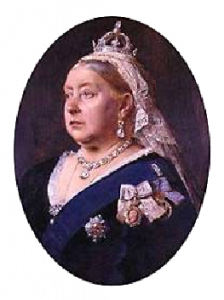
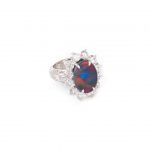
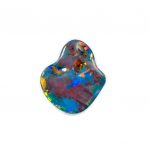
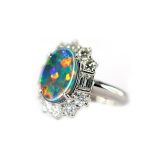
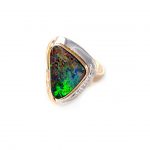
MIDDLE AGES
In the middle ages the opal became known as the “eye stone” believed that it was vital for good eyesight. Opal was considered a stone that could provide great luck because it was believed to possess all the virtues of each gemstone whose color was represented in the color spectrum of the opal. Some cultures thought that the effect of opal on sight could render the wearer invisible. It was also said to grant invisibility if wrapped in a fresh bay leaf and held in the hand Blonde women were also known to wear necklaces of opal in order to protect losing the colour from their hair.
1800’S
OPAL BECOMES THE ENGAGEMENT RING OF CHOICE.
In the late 18th and early 19th centuries the opal was the engagement ring gemstone of choice, as it was exceptionally rare and stunningly beautiful. It is alleged that the Diamond cartel De Beers, attempted to discredit opal by commissioning a novelist named Sir Walter Scott to write a novel about the Queen of Spain who, had a run of bad luck after being given an Opal! The story turned out to be a best seller. De Beers then purchased highly productive Opal mines in Hungary and shut them down claiming that the Opal “had run out”.
1820’s
DEBEERS COMMISSIONS ANNE OF GEIERSTEIN
Harry Oppenheimer’s Diamond Cartel – De Beers discovered the Orange River Diamond pipes in the mid 1800’s.The find was so great that the value of Diamond was threatened with collapse,as there would simply be too many diamonds released onto the market! A new market had to be quickly secured so the De Beers consortium targeted the engagement ring market. In the 1800’s Opal was the engagement ring gemstone of choice with Opals mined and cut in ldar-Oberstein.
It is alleged that De Beers set out to take over the engagement ring market. In a deliberate plan to discredit Opal De Beers allegedly hired a novelist named Sir Walter Scott to write a novel about the Queen of Spain who, “had a run of bad luck after being given an Opal!” The fictional story turned out to be a bestseller! This was the equivalent of a global marketing campaign in the late 1800’s and began the “bad luck” myth. Next De Beers purchased highly productive Opal mines in Hungary and shut them down claiming that “the Opal had run out”. This was a carefully planned marketing strategy that firmly placed diamond on the engagement ring finger of every young woman. The story turned out to be a best seller, and the remaining opal mines in Hungary were purchased and shut down by De Beers.
Queen Victoria however did a lot to reverse these false statements. She became a lover of Opals and wore them throughout her reign. Her friends and her five daughters were presented with Opals and because the royals were regarded as the model for fashion, and the Opals once again became highly sought after. Unfortunately the engagement ring market (from this time forward) belonged to De Beers who, since these early days have spent ‘billions’ promoting Diamond over Opal (or any other gem). Her royal highness helped popularise Opal around the turn of the century, it was no coincidence that Opals were the quintessential gemstone ofthe Art Nouveau period. Victoria was enamoured by jewellery and regularly adorned herself with Opals which Prince Albert gave her. In 1863 Her Majesty in the name of HRH the Prince Consort and the Queen gave Princess Alexandra of Denmark a suite of Opal jewellery as a wedding gift. It consisted of a cross, a bracelet, a pendant, a pair of earrings and three brooches. Prince Albert drew the designs for the jewels which were executed by Garrard and Co.Princess Alexandra wore the opal and diamond bracelet from this parure on her wedding day. The Oriental Circlet tiara was also designed by him and set with Opal which was Prince Albert’s favorite stone. The Prince of Wales presented an exceptional Opal parure to his eldest sister, Victoria, when she married the Crown Prince of Prussia in 1858. Upon her marriage in 1862, Princess Alice received an Opal and diamond suite from her late father consisting of a cross, two brooches and a pair of earrings which were made by Garrard and Co.
1870’S
AUSTRALIAN OPAL IS DISCOVERED
When Australian opal fields appeared on the market in the 1890’s the Hungarian mines spread the idea that the opal wasn’t genuine because they had not seen an opal with such fire before. By 1932 the opal mines in Eastern Europe ceased production because they simply could not compete due to both the the quality of opal Australia was producing, and because companies such as DeBeers declaring “all the good opal has been mined”. This allowed Australia to assume the title of premier opal producer of the world becoming most famous for its rare and colourful black opals in Lightning Ridge and fiery white opals in Coober Pedy.
In the latter years of Queen Victoria’s reign, Australian Opal fields were discovered. By the 1890’s Australian Opal appeared in England. The old Hungarian mine owners (De Beers) spread the idea that the Opal wasn’t genuine “because it was impossible for a gem to have such fire”. The first discovery of common opals in Australia was made near Angaston (SA) by the German geologist Johannes Menge in 1849. Production of precious opal began at White Cliffs (NSW) in 1890. In 1877 – Mining for precious opal in igneous rocks began at Rocky Bridge Creek, a tributary of the Abercrombie River, in the Central West. In 1881 Opal was discovered at Milparinka, near Tibooburra in the Far West. Then in 1884 Opal was discovered in sedimentary rock at White Cliffs in the Far West and in 1889 precious opal was discovered at White Cliffs.
In around 1891 Opal was discovered in sedimentary rock at Lightning Ridge (Wallangulla) and other localities in the area, but its commercial value was not recognised at the time. By 1890 precious opal mining had started at White Cliffs (continuing to 1915 then going into decline). In 1896 Opal was discovered at Purnanga and Grenville-Bunker Field. Mines that are near White Cliffs. 1897 saw Opals discovered in igneous rock at Tooraweenah, near Coonabarabran and in 1901 at Tintenbar, on the Far North Coast.Opal mining began in Lightning Ridge in 1901. The first shaft was put down by Jack Murray, a boundary rider who lived on a property nearby. Some time later, a miner from Bathurst named Charlie Nettleton arrived and commenced shaft sinking. In 1903 he sold the first parcel of gems from the field for $30, 1/50th of the price that could have been obtained five years later.
1930’S
LOUIS LEAKEY DISCOVERS OPAL ARTIFACTS
The earliest known Opal artifacts were discovered in 1938 when Louis Leakey excavated the Njoro River Cave site where they discovered 70 cremated burials. Hundreds of stone beads and pendants were found over half of which were Opals that are thought to have been acquired through trade.
By 1932 Australia to assume the title of “World’s Premier Opal producer” producing 97% of the world’s overall Opal supply, and 100% of the beautiful Black Opal with patterns unlike those found in any other gem, and (of course) the Boulder Opal, and fiery white opals from Coober Pedy.
1960’S
In the early 1960’s Sydney had a thriving Opal wholesaling community. Today, with the internet everyone knows how to buy something ‘wholesale’ however back in the 1960’s and 1970’s there were very “clear” lines of delineation that meant you were either one or another. You either set up shop and presented goods to the public, or, you had a warehouse or factory or office and supplied the stores. The tourist trade was a driver of the production and sale of ‘triplet’ Opals and these became very popular.
1990’s
“AUSTRALIA’S NATIONAL GEMSTONE”
In 1993 Opal was declared the national gemstone of Australia, the state emblem of N.S.W. and is now known as…”the lucky gem from the lucky country”.
2000’s
OPAL RUSH!
Right now (and predicted for the coming decade) there is an opal rush going on! International interest in the authenticity, rarity and natural state of Opal (as well as the romantic stories and adventures associated with this gem) have led to a genuine”Opal rush”.
Shows like “Gem Hunters” and international fashion houses such as Tiffany and Chanel, Cartier and Louis Vuitton Moet Hennessy starting to display Opal have caught the attention of the international press. Jewellers from New York to Paris have started to promote this enigmatic gemstone and industry leaders such as Vogue have announced that this is the time to recognise and appreciate Australia’s National gemstone. It is also the time to buy opal as only when it’s being found does the price go up because jewellers wanting to take advantage of the rare chance of a reliable supply start adding opal to their ranges and competing for the rare gemstone. Have you ever noticed how little opal there is in the regular jeweller’s shop? That’s because they simply can’t get hold of it. It’s TOO RARE!!! So jewellery lovers all over the world are ‘re-discovering’ this incredible gem.
Opal Presentation Training
Opal History
